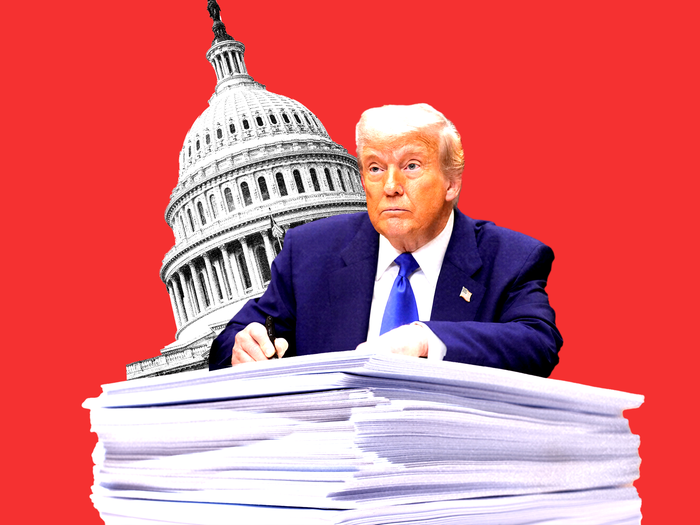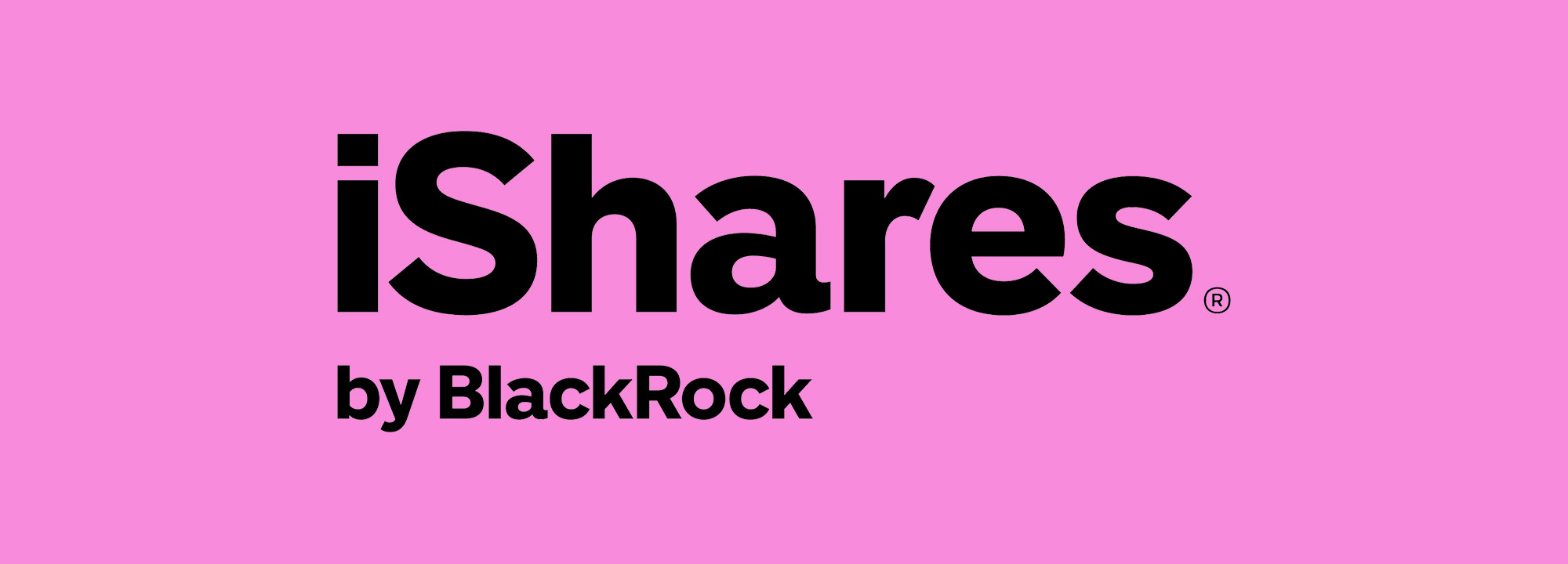Can Trump’s ‘Big, Beautiful Bill’ Pass? What Are the Biggest Risks?

Trump’s ‘Big, Beautiful Bill,’ officially known as the ‘One Big Beautiful Bill Act,’ has encountered a challenging path through Congress. This legislation, encompassing various tax cuts, spending increases, and regulatory changes, has ignited intense debate and faces substantial obstacles to enactment.
Chances of Passing
The bill has cleared the House but encounters a more uncertain fate in the Senate. Senate Republicans aim to pass the legislation by an self-imposed deadline of July 4, but internal party disagreements and procedural hurdles could cause delays or even derail its progress. The Senate has already passed its version of the bill, and the House must now reconcile the differences between the two versions before sending a final bill to President Trump for his signature.
Biggest Risks
- 10-Year Moratorium on State AI Regulations:
A highly contentious provision in the bill is the proposed 10-year moratorium on state-level AI regulations. This clause has sparked significant controversy and criticism. Initially, the bill called for a complete decade-long ban on state AI regulations, but this was later scaled back to a five-year moratorium with exceptions for state rules protecting children and copyrights.- Criticisms: Opponents argue that this moratorium could expose consumers to privacy, safety, and discrimination risks from malicious or poorly designed AI systems. It also raises concerns about the U.S. isolating itself from global AI norms and potentially reinforcing industry monopolies.
- Support: Advocates contend that the moratorium will foster innovation by allowing companies to deploy AI technologies more rapidly without the hindrance of varied state regulations.
- Fiscal Impact and Deficit Concerns:
The bill’s substantial tax cuts and spending increases have sparked concerns about its impact on the federal deficit. Estimates suggest that the Senate’s version of the bill could add trillions to federal deficits over the next decade. This fiscal impact poses a major risk, as it could result in increased national debt and potential economic instability. - Political Divisions:
Internal Republican divisions and procedural challenges present significant risks to the bill’s passage. Senators have expressed opposition to certain provisions, which could complicate the legislative process. Moreover, using budget reconciliation to pass the bill requires that all provisions have a primary fiscal impact, leading to the removal of some non-budgetary items. - Public and Expert Opinion:
The bill has garnered a mix of praise and criticism from experts and the public. Some laud its potential to stimulate innovation, while others decry it for leaving consumers vulnerable and isolating the U.S. from global AI standards.
In summary, while Trump’s ‘Big, Beautiful Bill’ stands a chance of passing, it confronts significant risks, notably the 10-year moratorium on state AI regulations and its fiscal implications. Political divisions and procedural obstacles further threaten its successful enactment.

















